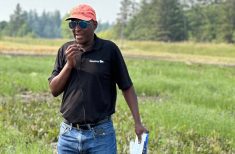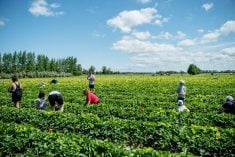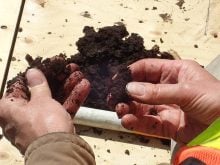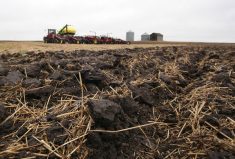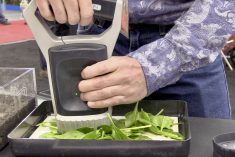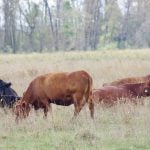Farms are bombarded with dozens — probably hundreds — of new inputs, tech, machinery and practices every year. But what one thing will make the biggest difference to canola yield?
Last year, the Canola Council of Canada asked that question to both farmers and agronomy experts and tallied up what they said. On both sides, crop rotation and nutrient management were the top survey answers.
Before getting further into the survey results though, let’s dive deeper into the perspective of three different farmers.
Read Also
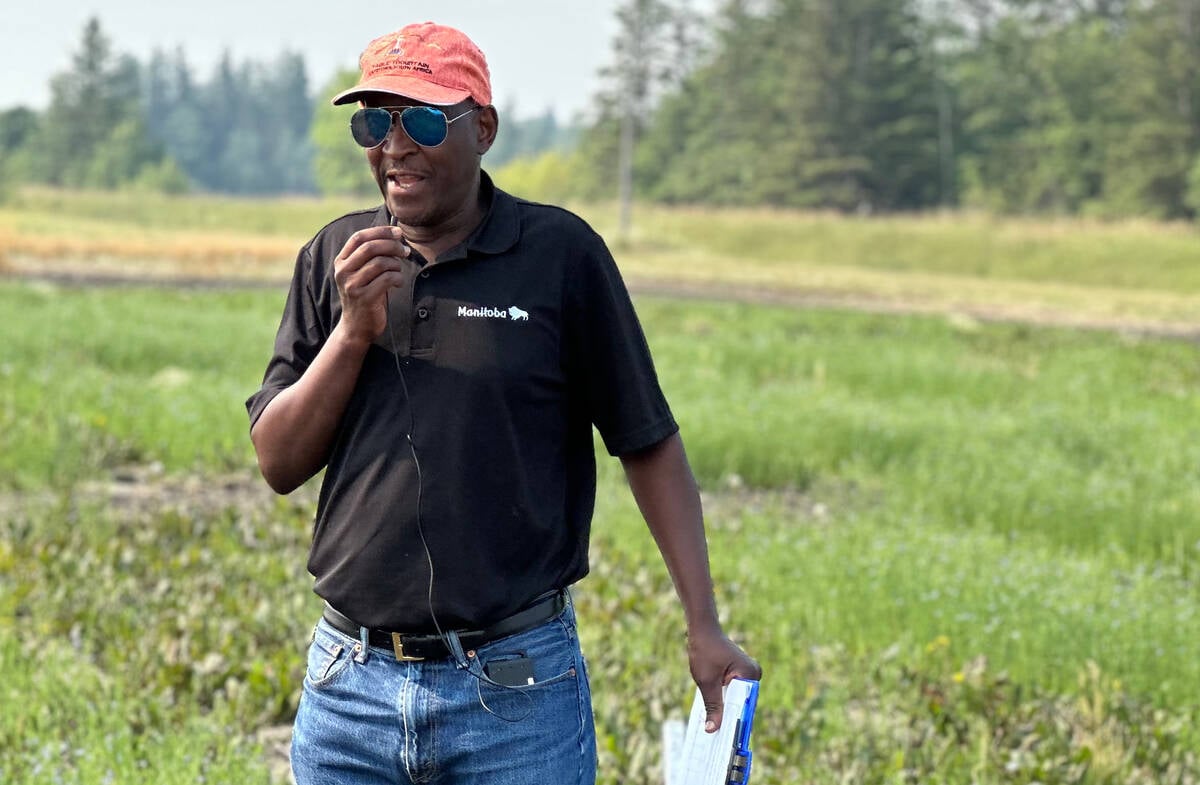
How much nitrogen can farmers really cut?
Manitoba fertilizer trials look for nitrification inhibitor sweet spot, to lower greenhouse gas emissions and cost without hurting yield.
Andrea De Roo would use agronomy to make better use of available moisture. Christi Friesen wants to reduce competition among canola plants. Scott Mowbray leans toward genetics with improved vigour and cold tolerance so he can seed earlier.
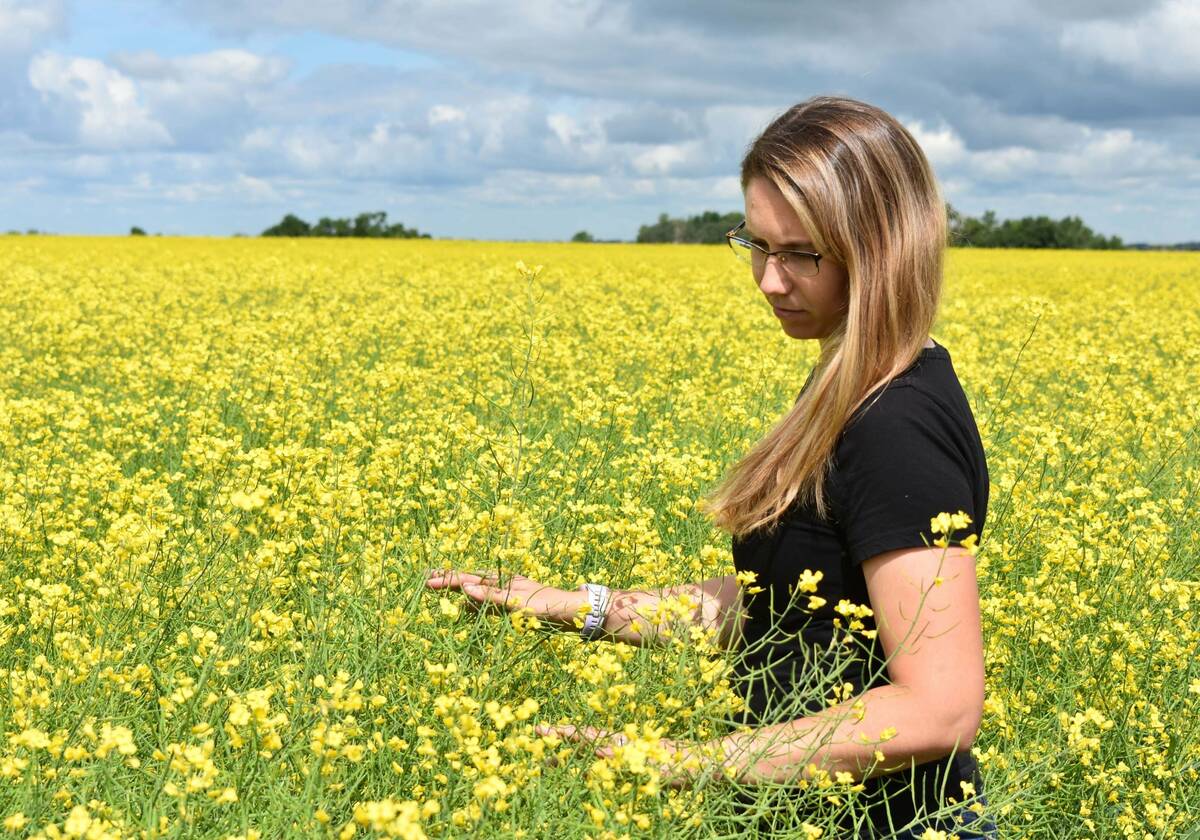
De Roo, a farmer and agronomist from Fairlight, Sask., said that “timely rains and cooler temperatures during flowering to prevent heat blast could give us a big boost.”
No farmer can control the weather, however. Instead, she’s looking at agronomy practices to manage the moisture risk.
“Seeding earlier would solve some of this,” De Roo said. “That gives the crop the opportunity to use early rains and soil moisture more efficiently and shift our flower timing out of seasonal periods of hot temperatures. But we also risk getting hit with frost if we’re too early.”
Friesen, who farms at Brownvale in the Alberta Peace River region, continues to tweak her seeding rate to reach the target canola plant population. The recommended canola plant stand is five to eight plants per square foot.
“Last year, some places were well over 10 plants per square foot and canola in those places choked itself out,” Friesen said. “I think we can lower our seeding rate to find that balance where the plant will flourish and give us the most yield potential. Going into 2025-26, this issue is something we are working on.”
Scott Mowbray, who farms near Cartwright in southern Manitoba, wants a soothsaying tool to spit out the right seeding date. “Having a crystal ball to tell me the exact right time to seed would be most helpful,” he said.
Save that, he would love to see some genetic improvements. “If we could seed even a couple of weeks sooner and not have to stress about slow emergence and flea beetle damage, I think we’d see canola flowering at a more ideal time, with less flower blast and more yield,” he said.
Winter hardiness might be another genetic aspect worth pursuing he added. That would open up the door to fall seeding canola.
In the shorter term, “probably the one thing would be helpful is extending our rotations,” Mowbray said. “We have a three-year rotation for canola right now, but extending it to a four- or five-year should help with disease and insect pressure.”
Survey echoes eyes on rotation
A more diverse rotation was among the choices agronomists and producers had in the 2024 canola council survey. Respondents could only pick one change from the list.
Growers spread their answers over a fairly broad range. The top answer — use more diverse crop rotation — garnered 17 per cent of votes. Next was better nutrient management, at 15 per cent.
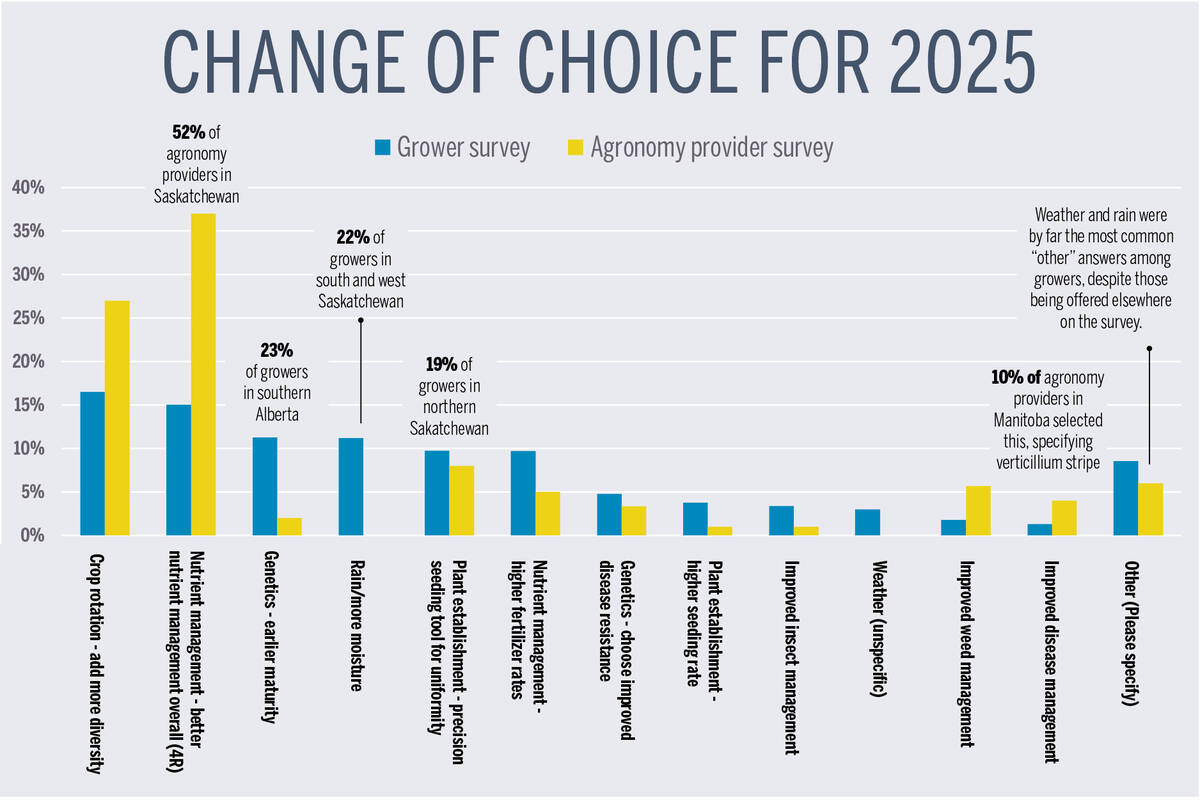
Agronomy providers had those same practices in the top two spots, but at 27 and 37 per cent respectively, identifying an extended break between canola crops and improved nutrient management as strong factors in canola yield improvement.
“I’m glad to see the survey results support the other ideas I would have listed as an agronomist,” De Roo says. “Since widening our rotations and (putting more) focus on balancing nutrients by field and zone, we’ve seen our yields stabilize across the farm and increase to some extent.”
Rotation is a proven benefit for blackleg, clubroot and verticillium stripe management in particular, and all three diseases can inflict heavy damage. Balanced nutrition is also well-proven to boost yield.
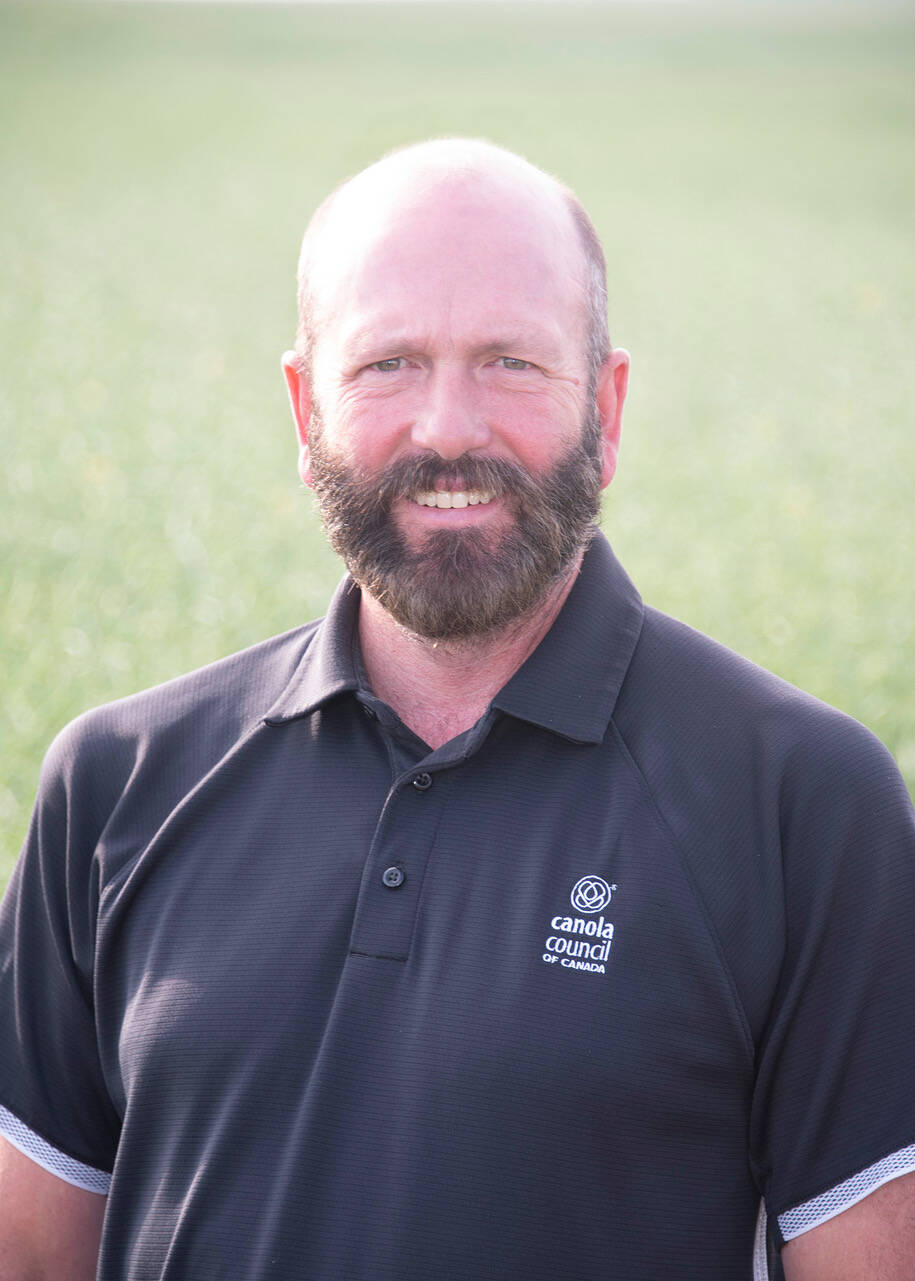
“These best practices are not a surprise,” said Jason Casselman, agronomy specialist for the Canola Council of Canada. “Canola growers can build yield with the right genetics for each field, a stand of five to eight plants per square foot, and balanced nutrient in line with their yield targets.”
Even with these basics in place though, it takes favourable weather and pest management to carry higher yields through to harvest, Casselman added.



